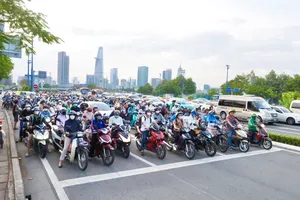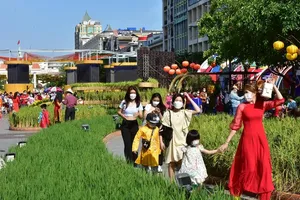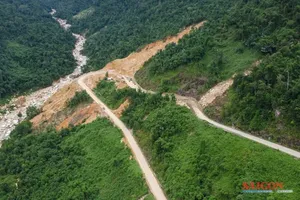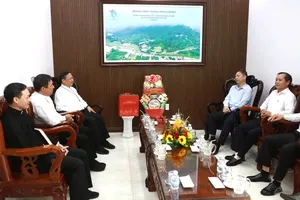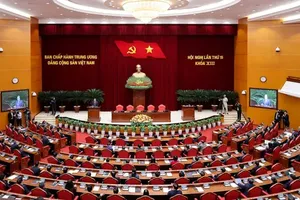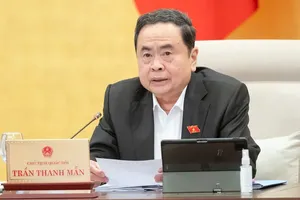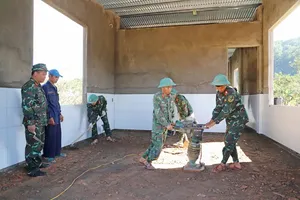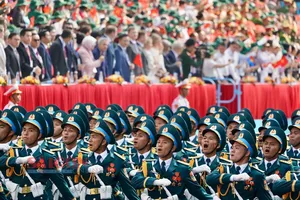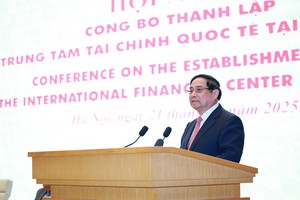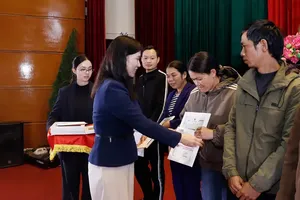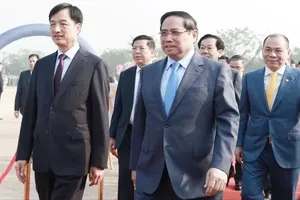The forum was jointly organized by the Agriculture and Environment News in collaboration with the Department of Environment and the Department of Climate Change under the Ministry of Agriculture and Environment.
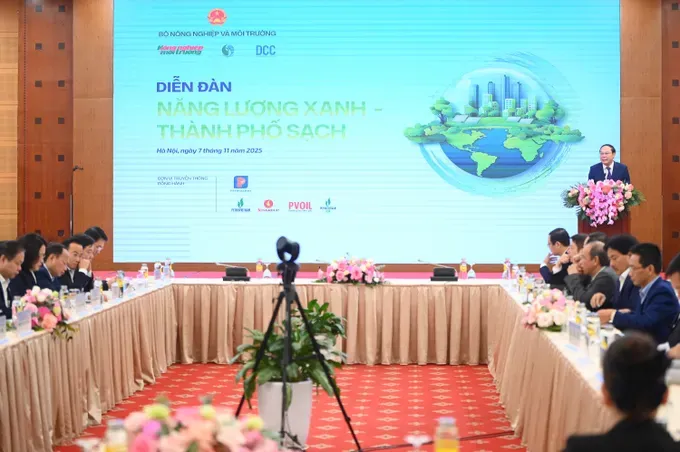
Speaking at the event, Deputy Minister of Agriculture and Environment Le Cong Thanh stressed that amid the challenges of climate change, pollution, and resource depletion, the shift to clean energy is both an inevitable trend and a shared responsibility of all nations.
According to Truong Manh Tuan, Deputy Head of the Environmental Quality Management Division, air pollution has become a serious issue, concentrated mainly in the two key economic regions including Hanoi and neighboring provinces, as well as Ho Chi Minh City and its surrounding areas.
Monitoring data show that dust pollution, especially fine particulate matter (PM2.5), tends to increase cyclically from October to April, particularly in areas with high traffic density and industrial activity. Major emission sources include transportation, industrial production, construction, open waste burning, and residential activities.
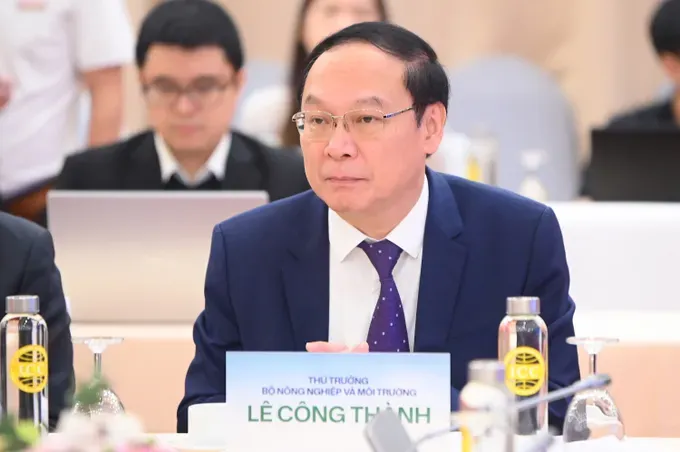
To address this, the Ministry of Agriculture and Environment is drafting a roadmap for applying emission standards to motorcycles and motorbikes. The plan allows flexibility to give citizens and localities time to adapt. Specifically, Hanoi and Ho Chi Minh City will implement the standards from July 1, 2027, major cities such as Hai Phong, Da Nang, Can Tho, and Hue from July 1, 2028, and other provinces from July 1, 2030.
A representative from the Hanoi Department of Agriculture and Environment noted that the capital faces significant environmental pressures due to rapid urbanization but this also presents opportunities for green transformation toward carbon neutrality by 2050.
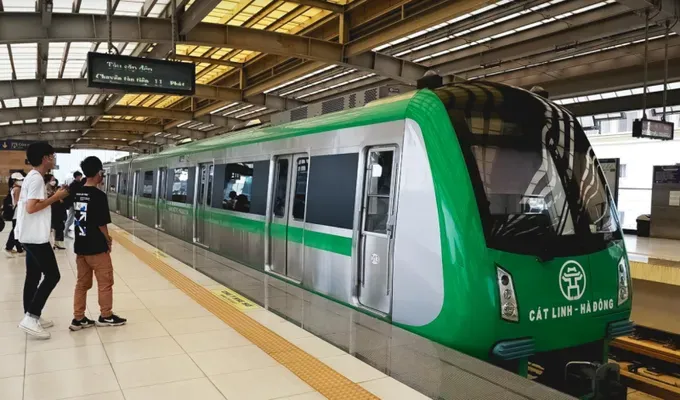
Hanoi has already issued an air quality management plan through 2030, with a vision to 2035, aiming for 75 percent–80 percent of days each year to have good or moderate air quality. The city plans to establish low-emission zones, restrict private vehicles, ban heavy diesel trucks, and prioritize vehicles meeting Euro 4 (for cars) and Level 2 (for motorbikes) emission standards — creating a robust legal framework for green transition.
Alongside Hanoi, two cities including Da Nang City and Ho Chi Minh City are piloting measures like restricting private vehicles during rush hours and installing rooftop solar panels for residential areas, buildings, and public lighting systems.
Deputy Minister Le Cong Thanh emphasized that Vietnam has demonstrated its commitment through the 2020 Law on Environmental Protection, the National Environmental Strategy to 2030 (vision 2050), and national action plans for greenhouse gas reduction and ozone protection. He noted that developing green energy not only reduces emissions and ensures energy security but also provides a sustainable development path for major cities like Hanoi, Ho Chi Minh City, Da Nang, and Hai Phong.
According to ministry leaders, building clean cities relies on three key pillars:
- Controlling vehicle emissions,
- Expanding renewable energy infrastructure, and
- Integrating environmental standards into urban planning.
